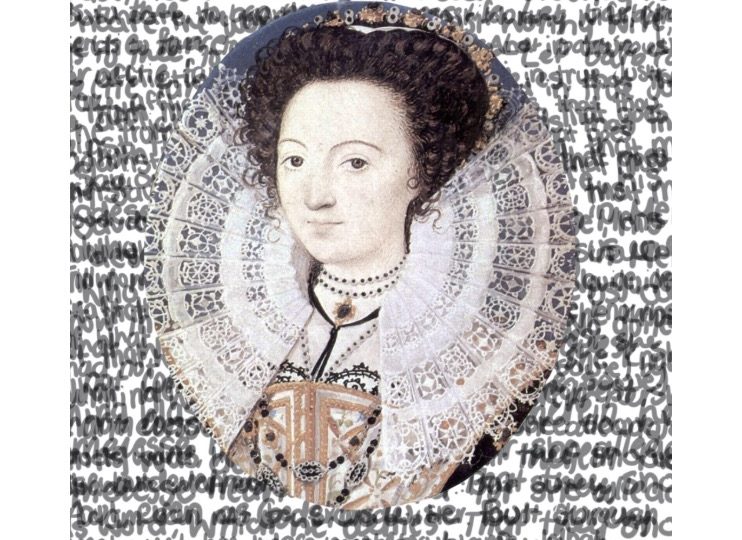Like every English Literature student, I have often studied the works of Shakespeare and his contemporaries. My passion for theatre means I frequently find myself watching or performing in his plays, and like many others I credit him as England’s most incredible dramatist and writer. In the study of Renaissance writers, we are taught that the literary, and indeed the theatrical world was dominated by men – with mention of other playwrights such as Marlowe and Webster, and men in drag portraying female characters. While it is not suggested that literary women ceased to exist, we are told that their work holds little cultural significance as it was not as publicly consumed and revered.
To which I call, bullshit.
Literary canon places importance on figures like Jonson, recognised as a revolutionary comic playwright and notorious court personality – whose published work was heavily criticised in his day for its ostentatiousness. Meanwhile, inspiring feminist writers of the Renaissance such as Mary Sidney and Mary Wroth remain largely ignored despite the gravity of their published works (Sidney, for instance, influenced Shakespeare’s Antony and Cleopatra, with her translation from the French of Robert Garnier’s play Marc Antoine, and became the first English woman to write a significant body of secular poetry).
Perhaps the foremost figure of this literary blind spot is Emilia Lanier (née Bassano). Her presence and influence haunts many great works of Renaissance literature, but she still hovers just beyond the attention of the English Literature classroom. Far from being a figure of cultural obscurity, her literature is a homage to the strength and grace of the educated English woman.
Born to a family of court musicians, Emilia was fostered by Countess Susan Bertie who ensured that her young ladies received the same level of education as young men. Under the mentorship of Mary Sidney, she flourished as a courtesan and young writer. Shortly after her eighteenth birthday, she became mistress to Lord Chamberlain Henry Carey, whose pensions allowed her to continue writing into her twenties. In this time it is speculated that she became acquainted with Shakespeare himself – which is very probable, as Carey was the patron of his theatre company– the Lord Chamberlain’s Men. The most obvious historical stain of this relationship is the mysterious ‘Dark Lady’ Shakespeare wrote of in Sonnets 127-154:
“Then will I swear beauty herself is black,
And all they foul that thy complexion lack.”
Emilia’s Mediterranean and Jewish ancestry, as well as her name in plays such as Winter’s Tale, Merchant of Venice and the fiery feminist character Emilia in Othello have led many to speculate that she was the Bard’s muse. Some even go so far as to say that she co-authored plays such as Macbeth – others reject the idea completely, on grounds that treating her as Shakespeare’s muse would eclipse her own spectacular achievements.
As a ‘Dark Lady’ in Tudor England, Emilia overcame the boundaries of her race and gender to become the first professional woman poet in the country. Her most famous published works; Salve Deus Rex Judaeorum, was one of the first pieces of religious verse written in English but was also one of the first feminist pieces of writing to be published. Each poem in the collection pays homage to female figures of greatness and education, including her mentor Mary Sidney.
Unfortunately, despite being a groundbreaking piece of literature and indeed a historical marvel, Salve Deus Rex Judaeorum is excluded from the literary canon and the essential education of the English literature student. Emilia Lanier’s identity is subsumed by the male writers around her and her own cultural significance is unrecognised by young female writers and aspiring poets today. She is not viewed as the vital symbol of English verse or the female voice as we must recognise her as.
Will our views of history and literature continue to be skewed by this one-eyed gaze? For how long will we allow narratives such as Emilia Lanier’s to lie in the obscurity of ‘feminist’ or ‘female’ literature? Their significance must be recognised in our literary education – for they are equally a part of national history and identity.
art by: Sarah de Surville




